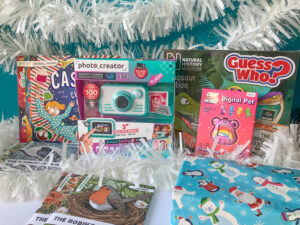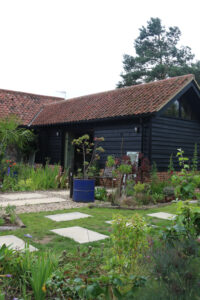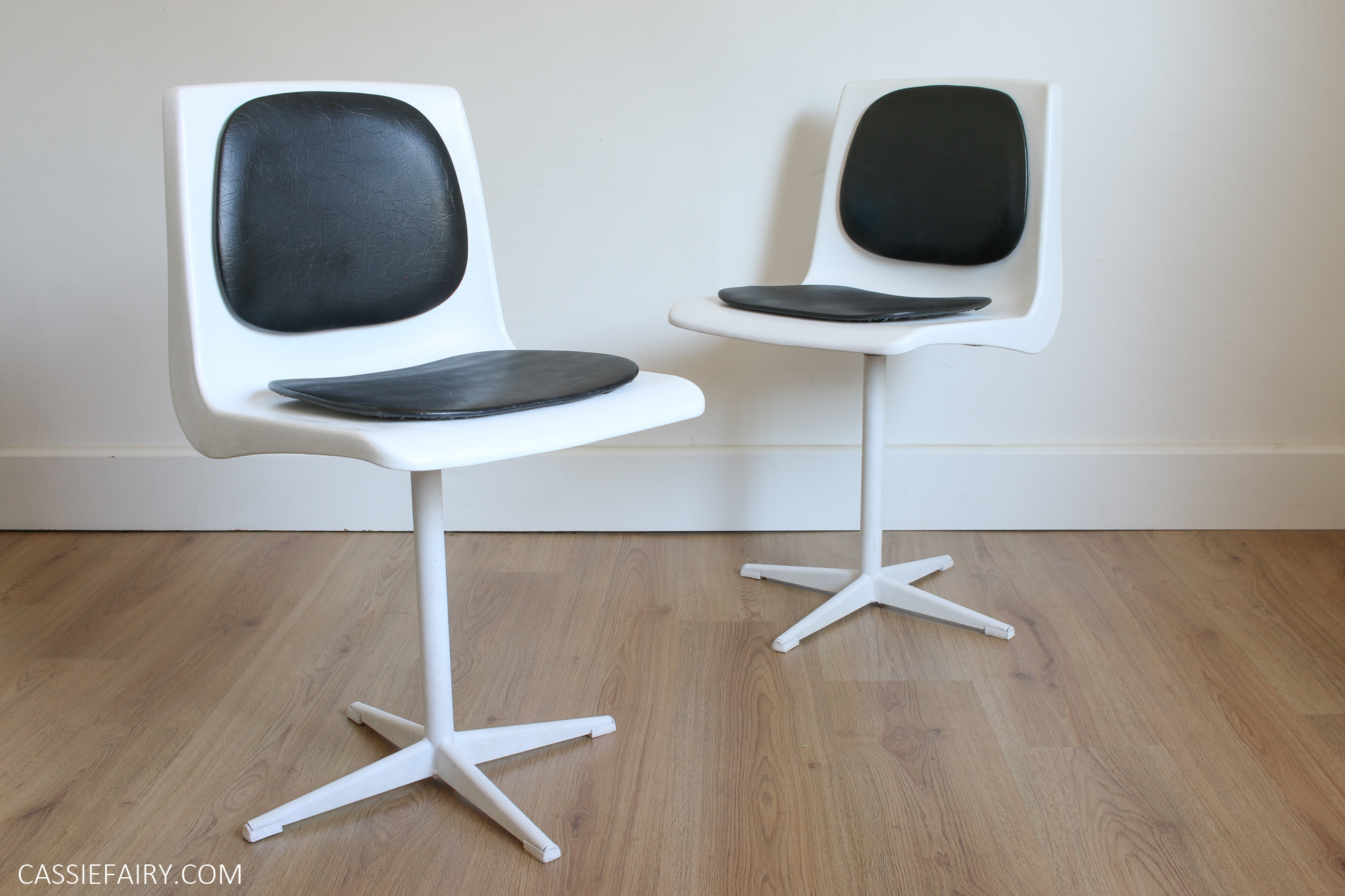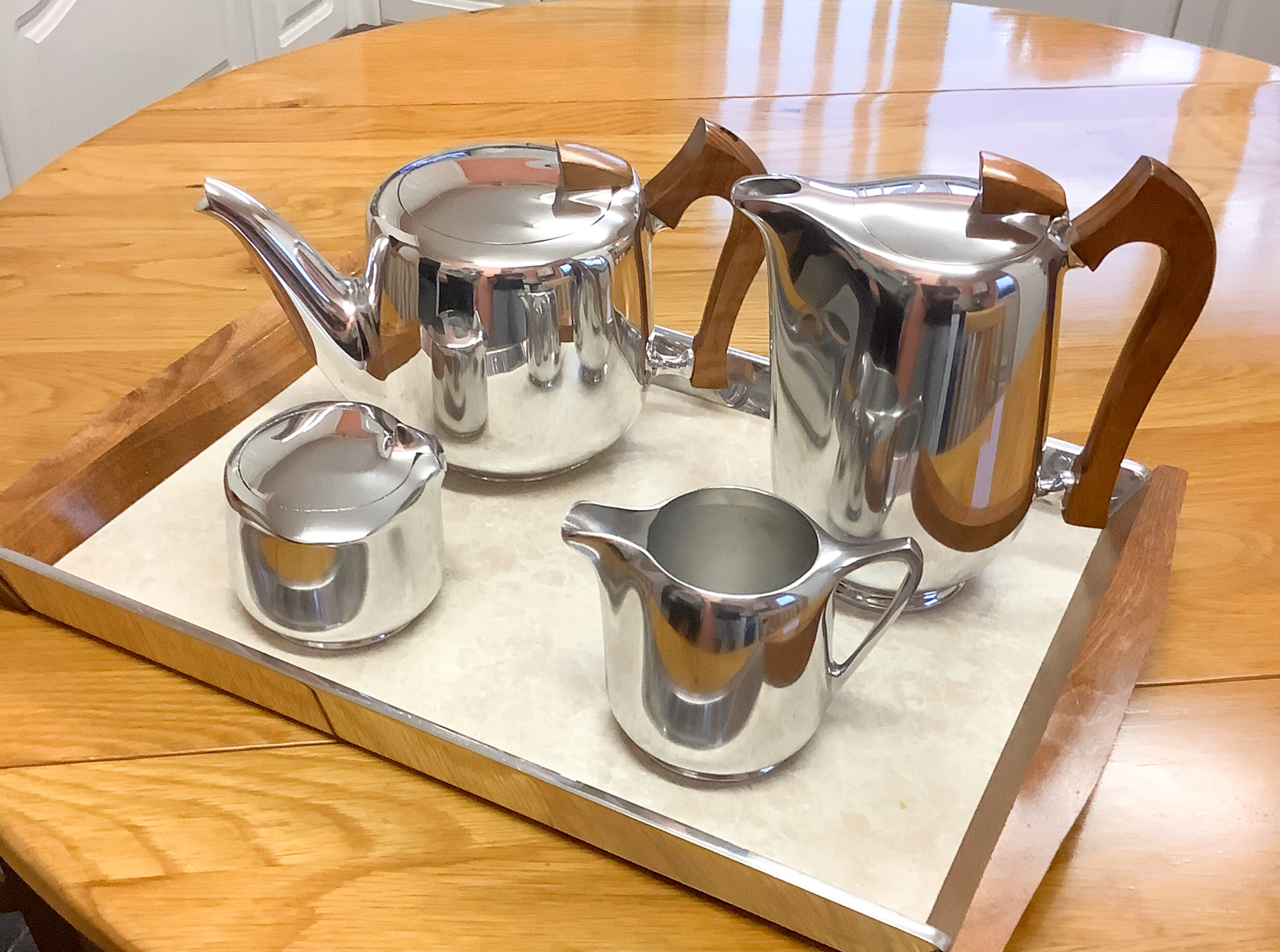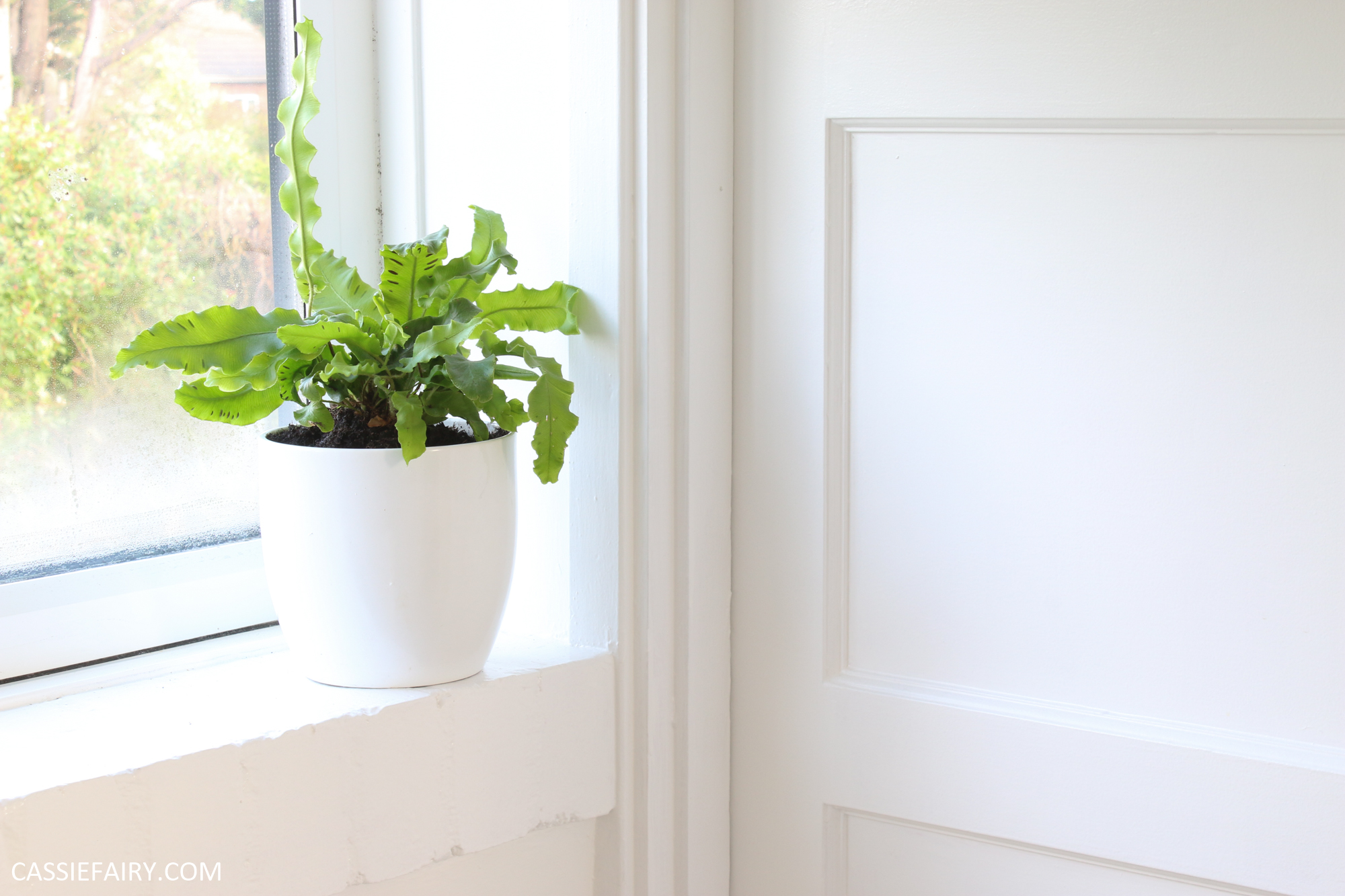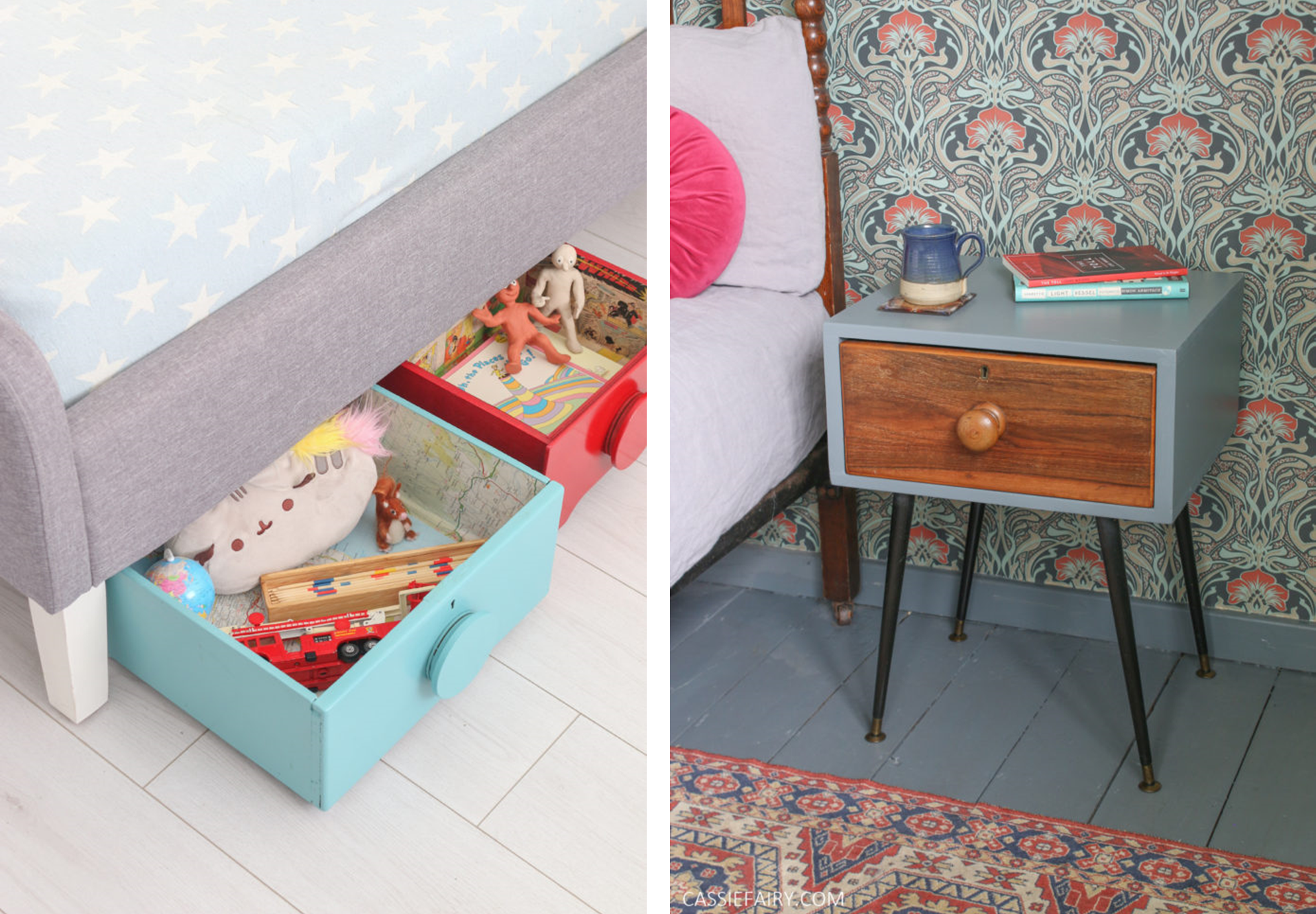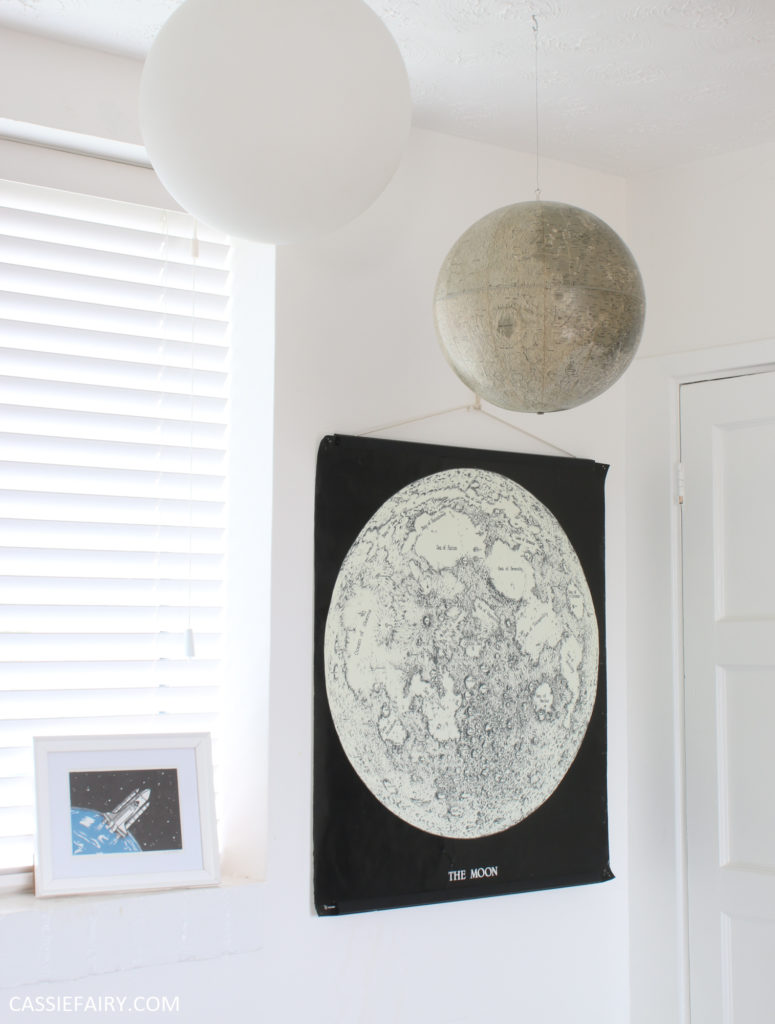
I’ve been doing my research on constellation maps and star charts, and have found that the earliest charting of the stars was by ancient Chinese, Greek and Babylonian astronomers in the early ‘BC’ era. They simply drew what they saw in the sky, including the movement of the moon, sun and stars.
Although not always accurate, from these early records a number of constellations were identified in the dot-to-dot shapes that the stars made. These were used for astrological predictions – an early take on cosmology – and for understanding the workings of the universe.
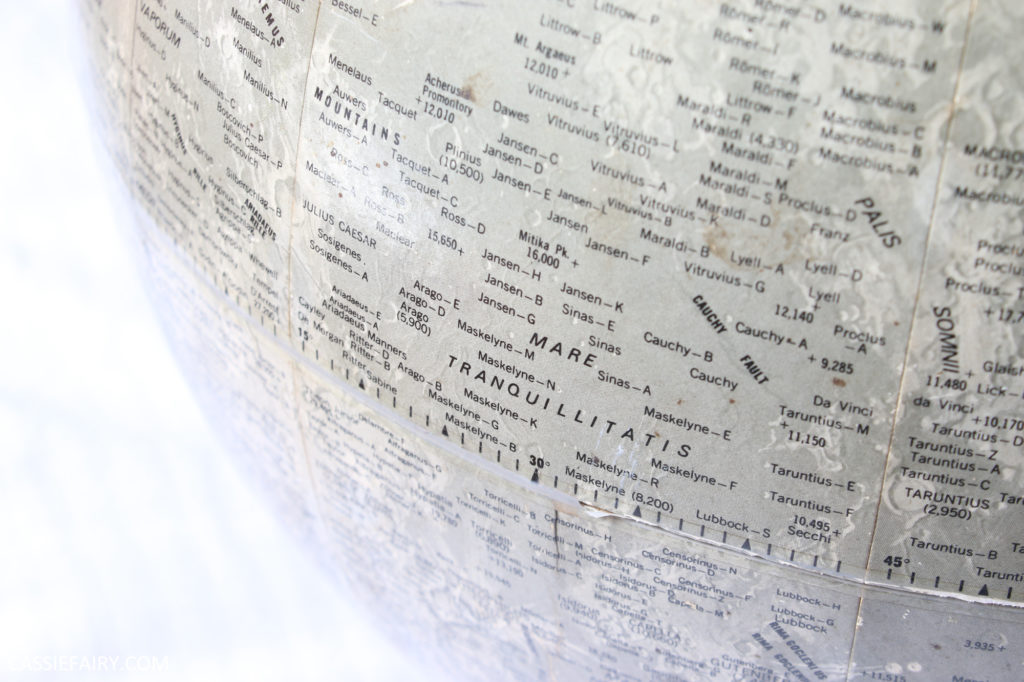
Even though constellations are a rather basic way of looking at the universe, they are still widely accepted by astronomers today to identify parts of the night sky, although Latin names are widely used to describe constellations within modern academia.
Thanks to developments in technology today – and the scientific discoveries since the ‘space race’ in the 60s – our star charts are considerably more accurate and maps of the solar system have been created through digital imaging.
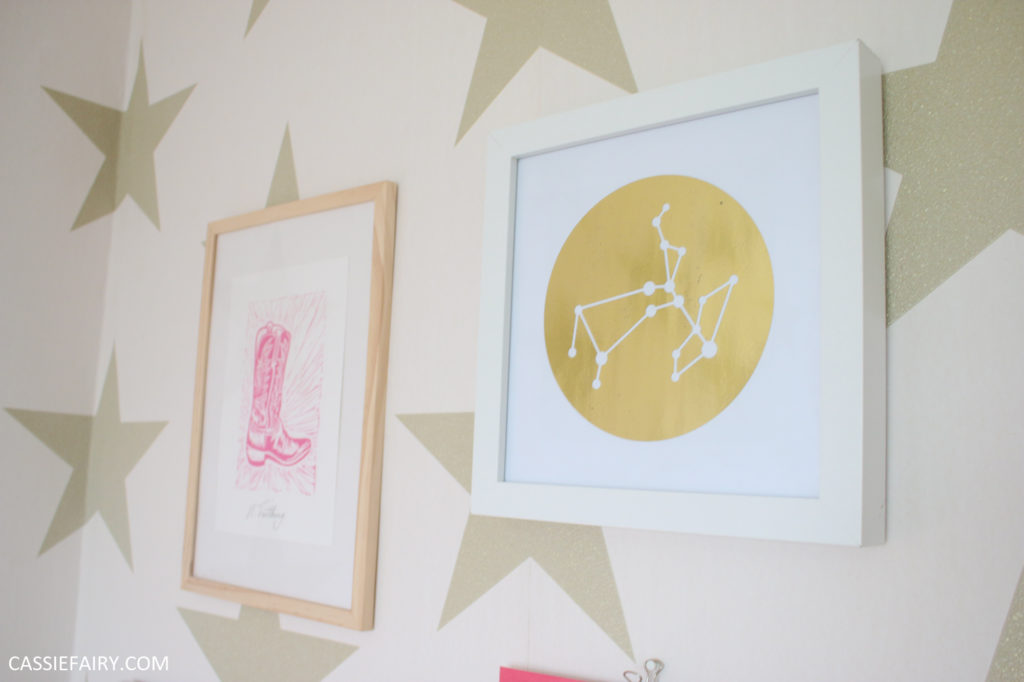
I love to know what stars or constellations I’m looking at when I’m glazing at the night sky. In fact, it’s my dream to one day have a star named after me. I’ve heard that it’s possible to name a star for somebody special through the World Star Register and I think it’s such a loving gesture to do that for a loved one.
Just imagine having a star named after you for your engagement, as a wedding gift or to commemorate a significant anniversary – how romantic! Also, it’s a lovely present for a new baby – they’ll be able to grow up knowing where their star is in the night sky and it may even develop in them a love of space and science throughout their life.
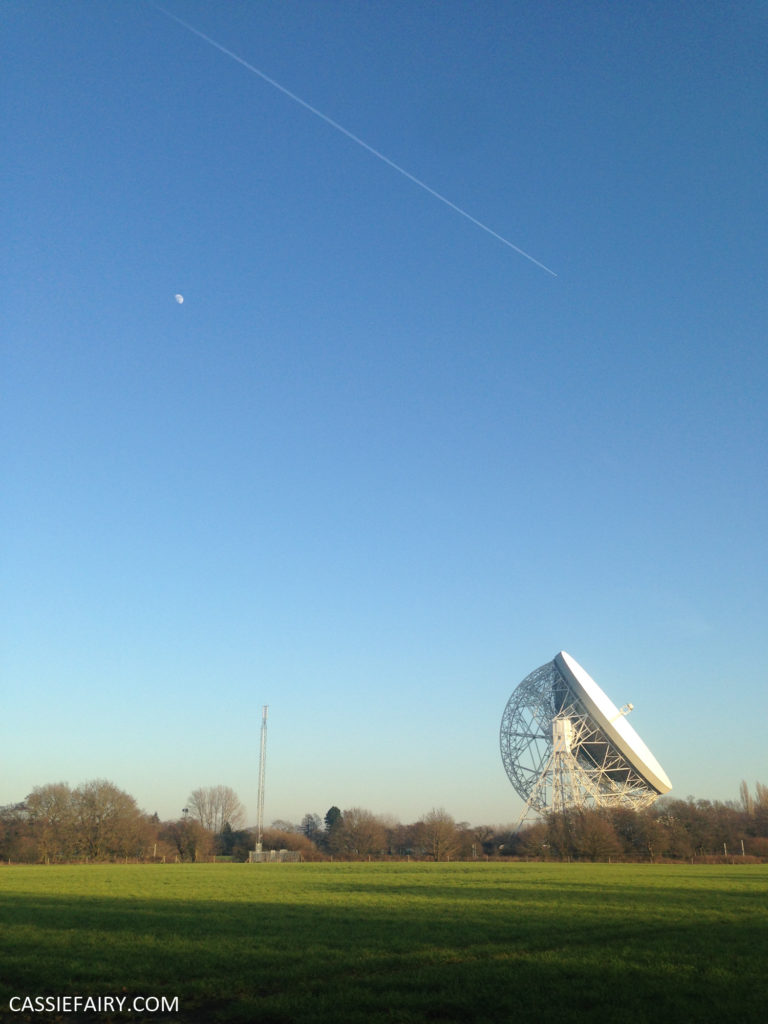
As a space geek myself, one of the best days out I’ve had was at Jodrell Bank. Seeing the famous Lovell telescope charting the sky was so impressive and it really inspired me to do more research on the universe. Over the last 100 years, the most popular way of looking at the night sky for amateur astronomers was via the maps published in Norton’s Star Atlas.
First published in 1910, this set of 16 celestial charts became popular because it divided the sky into six vertical slices. This made it easier for readers to view and understand the sky in relation to the maps, and became as essential to astronomers as a compass to a hiker.
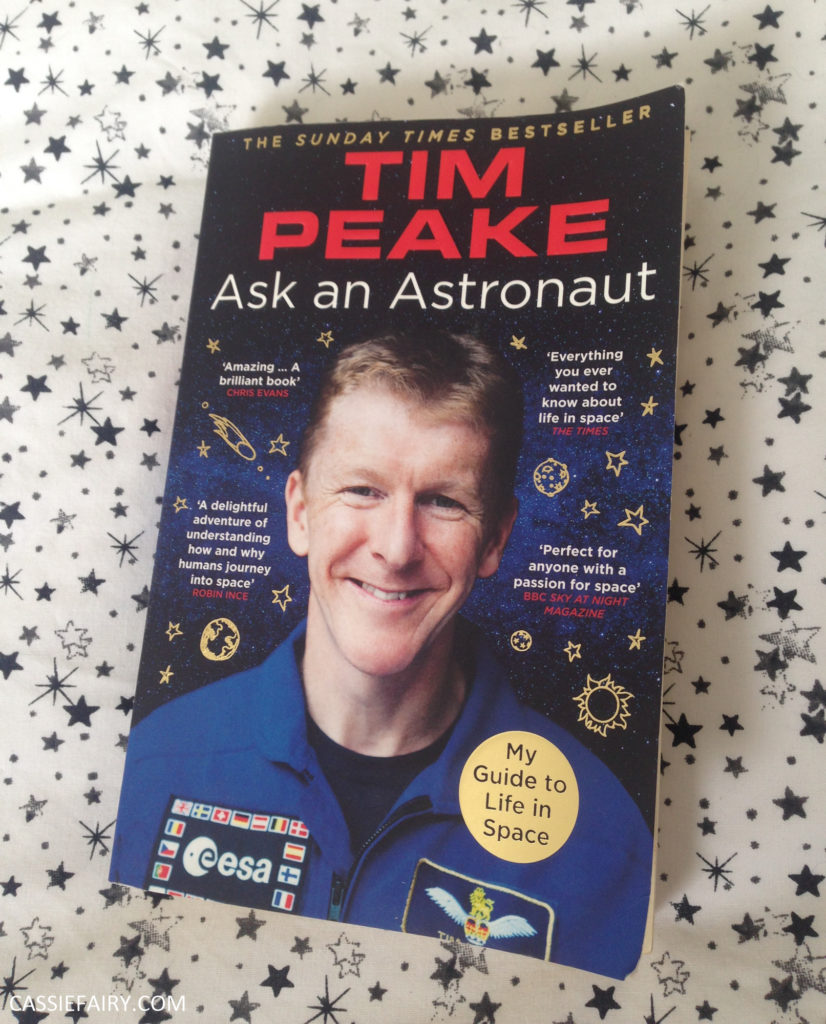
Anyway, it’s not so much understanding the formation of the stars that I am interested in; it’s more the aesthetics of a star chart that draws me in. So much prettier and more mysterious than a standard earth-bound map, I really enjoy gazing in wonder at maps of the milky way with constellations outlined over the top.
In the same way that I love the idea of using maps in decorating, I think that star graphs would be ideal for a bedroom space. I love the idea of using constellation maps and moon posters to decorate a feature wall in a bedroom.
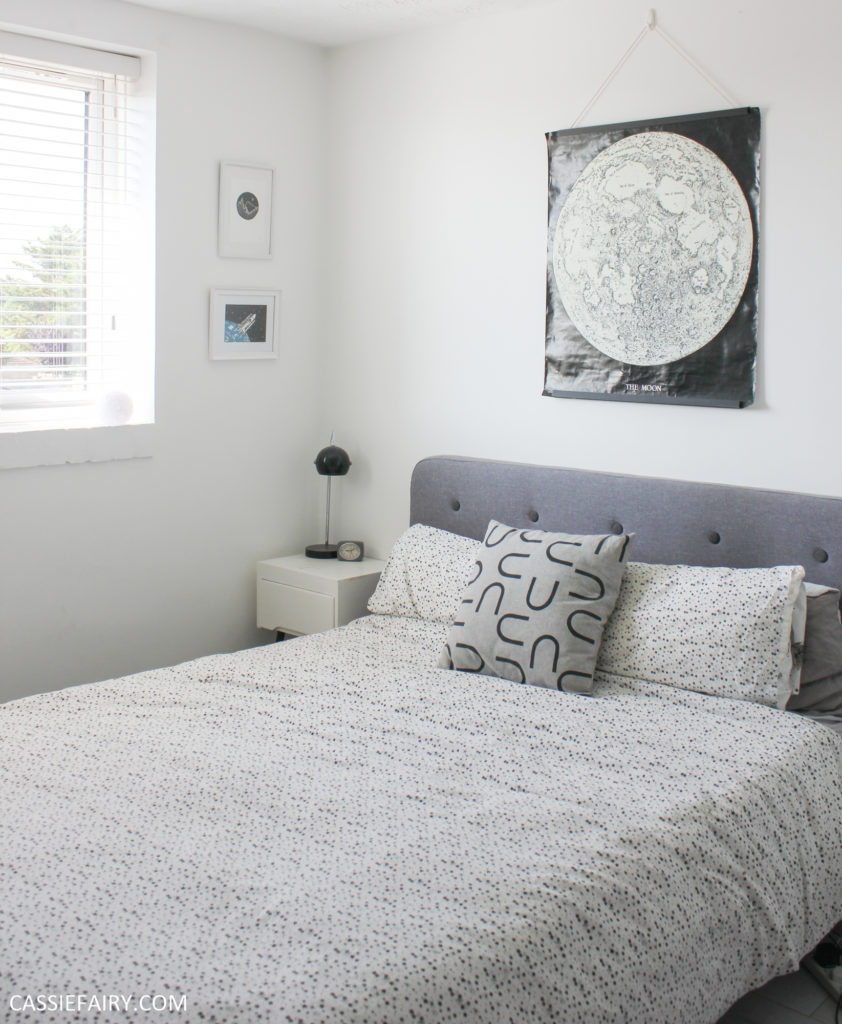
How about positioning glow-in-the-dark star stickers (or paint) on a navy blue wall in the shape of the constellations? It might be a bit of a challenge to accurately recreate the star charts but I think it would look fantastic, especially for little ones. This constellation wallpaper below is by Ralph Lauren but is unfortunately discontinued (not that I could afford it anyway!).
It is even possible to get an illuminated Earth and Constellations Globe on Amazon which displays the star constellations, names and outline shapes as night falls. I think this would make a really cool night light and I would’ve loved to have owned one as a child. Who am I kidding? I want one now!
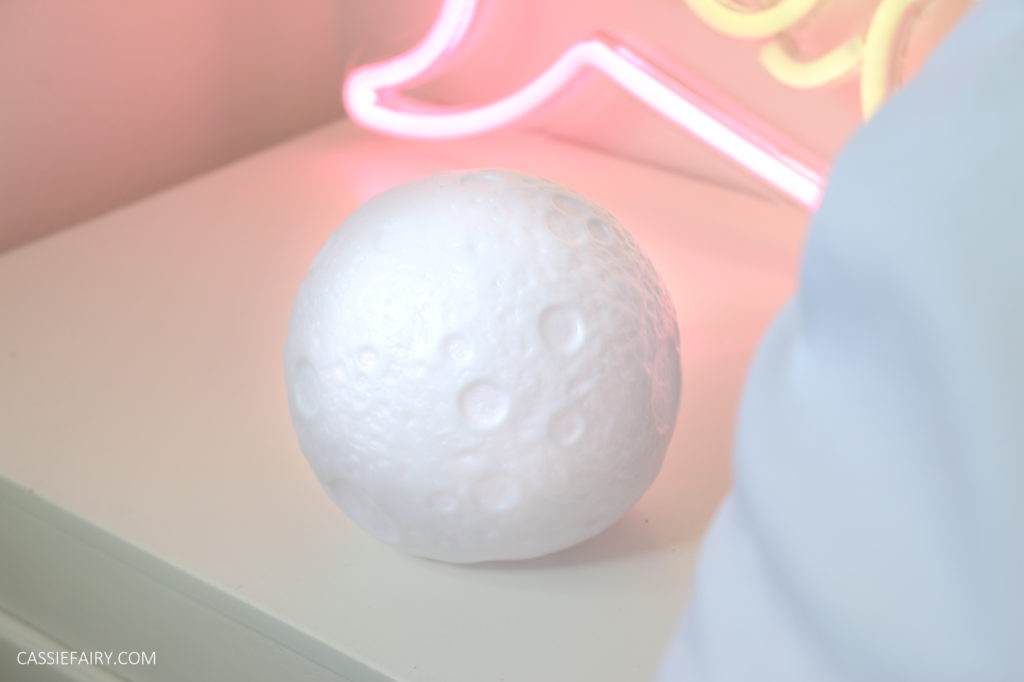
Anyway, I think that constellation maps, images of the night sky and star charts would make the ideal background for a restful bedroom, for both children and adults. The dark colours would certainly help induce sleep, plus these colours are also really on-trend for interiors, so it’ll be easy to get hold of the deep, inky colours to decorate with.
I’m certainly taking inspiration from these maps and will try to include some elements of the night sky in my new bedroom design when I start to decorate next month – watch this space!
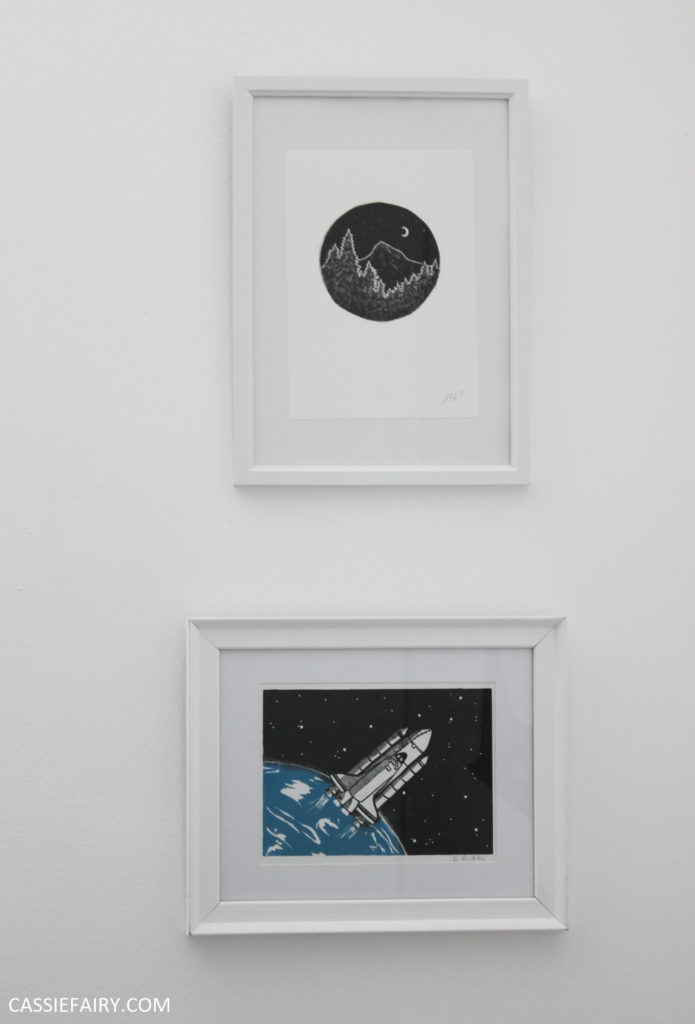
This article is a sponsored collaboration. The pink links in the content indicate a sponsored link or information source. The blog post reflects my own experience and the sponsor hasn’t had any control over my content 🙂















